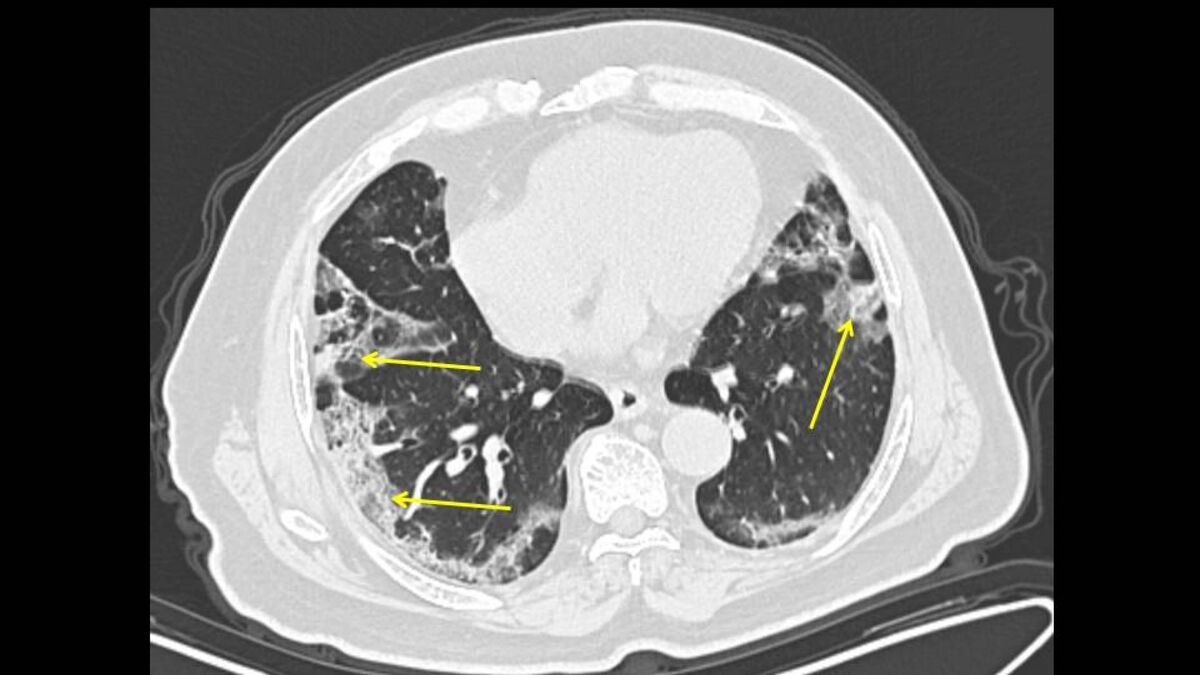Еве подетален опис од Кина од Светскава здравствена организација
The progression from mild or moderate to severe can occur “very, very quickly,” said Bruce Aylward, a WHO assistant director-general who co-led a mission in China that reviewed data from 56,000 cases. Understanding the course of the disease and identifying individuals at greatest risk are critical for optimizing care for a global contagion that’s killed more than 3,700 people since emerging in central China in December.
About 10-15% of mild-to-moderate patients progress to severe and of those, 15-20% progress to critical. Patients at highest risk include people age 60 and older and those with pre-existing conditions such as hypertension, diabetes and cardiovascular disease.
Covid-19 most likely spreads via contact with virus-laden droplets expelled from an infected person’s cough, sneeze or breath.
Infection generally starts in the nose. Once inside the body, the coronavirus invades the epithelial cells that line and protect the respiratory tract, said Taubenberger, who heads the viral pathogenesis and evolution section of the National Institute of Allergy and Infectious Diseases in Bethesda, Maryland. If it’s contained in the upper airway, it usually results in a less severe disease.
“Your body is immediately trying to repair the damage in the lung as soon as it’s happening,” Taubenberger said. Various white blood cells that consume pathogens and help heal damaged tissue act as first-responders. “Normally, if this goes well, you can clear up your infection in just a few days.”
In some more-severe coronavirus infections, the body’s effort to heal itself may be too robust, leading to the destruction of not just virus-infected cells, but healthy tissue, Taubenberger said. Damage to the epithelium lining the trachea and bronchi can result in the loss of protective mucus-producing cells as well as the tiny hairs, or cilia, that sweep dirt and respiratory secretions out of the lungs.
“You have no ability to keep stuff out of the lower respiratory tract,” Taubenberger said. As a result, the lungs are vulnerable to an invasive secondary bacterial infection. Potential culprits include the germs normally harbored in the nose and throat, and the antibiotic-resistant bacteria that thrive in
hospitals, especially the moist environments of mechanical ventilators.
The new coronavirus causes little more than a cough if it stays in the nose and throat, which it does for the majority of people unlucky enough to be infected. Danger starts when it reaches the lungs.

www.bloomberg.com



 гасете форум, крај.
гасете форум, крај.

